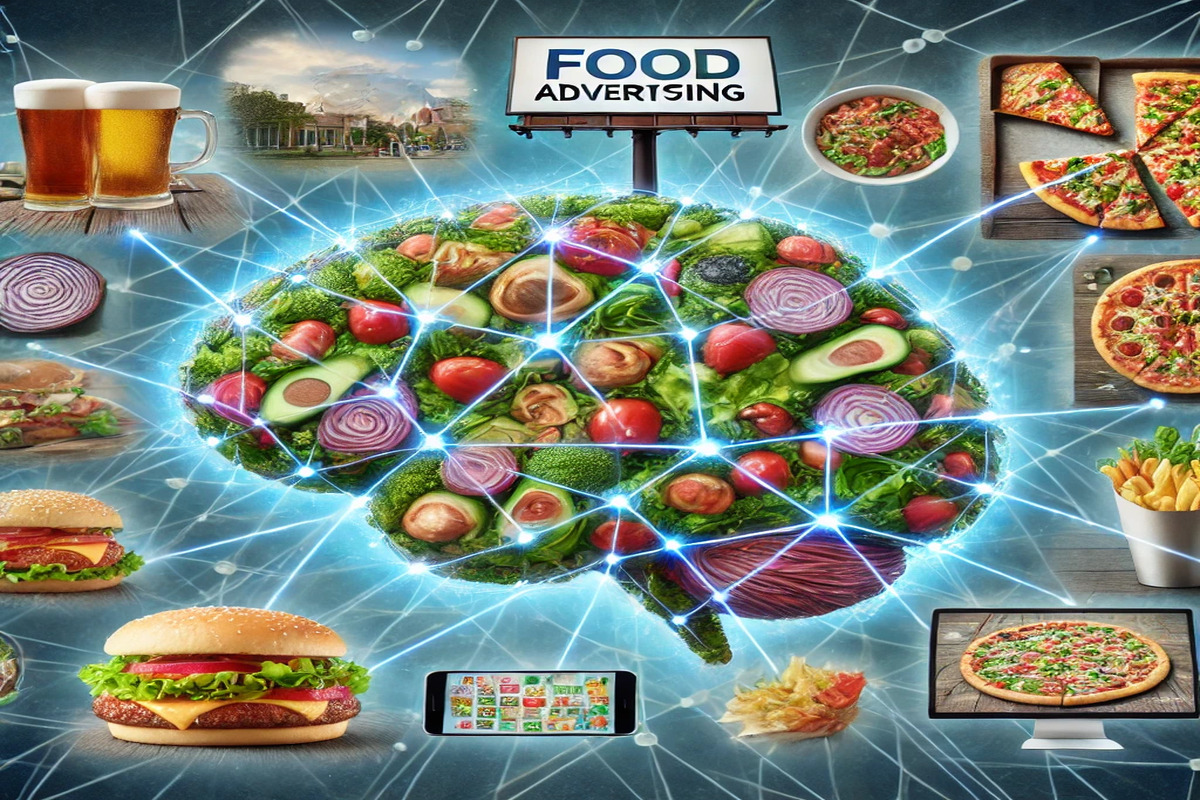Neuroscience of Food Advertising: Designing Appetizing Campaigns
Food advertising is a powerful tool that can influence consumer behavior and drive sales. To make food advertisements more impactful, understanding the neuroscience behind consumer decision-making is crucial. Read More
Leveraging Color Psychology Colors play a significant role in influencing emotions and perceptions. Neuroscience research shows that certain colors can stimulate appetite and create a sense of hunger. For instance, red and yellow are known to increase heart rate and create a sense of excitement and urgency, which can make food appear more appealing. Fast food chains like McDonald’s and KFC use these colors strategically in their logos and advertisements to attract attention and stimulate appetite. High-Resolution Imagery The human brain processes images much faster than text. High-resolution, close-up images of food can stimulate the brain’s visual cortex, making the food look more appetizing. Using macro photography to capture the texture and freshness of ingredients can create a mouth-watering effect. Advertisers should focus on showcasing the food in its most delicious state, with attention to detail like glistening sauces, crispy textures, and vibrant colors. Multisensory Integration Our brains are wired to respond to multisensory experiences. Advertisements that combine visual and auditory cues can enhance the sensory appeal of food. For example, the sizzling sound of a steak on a grill or the crunch of fresh vegetables can trigger sensory memories associated with eating, making the ad more compelling. Incorporating these sound effects into TV or online video ads can create a more immersive experience that engages multiple senses simultaneously. Taste and Smell Imagery While it’s challenging to convey taste and smell directly through advertising, neuroscience suggests that descriptive language and imagery can activate the brain’s gustatory and olfactory regions. Words like “succulent,” “aromatic,” and “mouth-watering” can evoke sensory experiences and enhance the perceived taste and smell of the food. Advertisers should use vivid, sensory-rich descriptions to paint a mental picture of the food’s flavors and aromas. Storytelling and Emotional Resonance Emotional engagement is a powerful driver of consumer behavior. Neuroscience shows that storytelling can activate the brain’s mirror neurons, allowing viewers to emotionally connect with the narrative. Food ads that tell a relatable story or evoke nostalgic memories can create a deeper emotional connection with the audience. For example, an ad showing a family gathering around a dinner table can evoke feelings of warmth and togetherness, making the food more appealing. Social Proof and Influencer Endorsements Humans are social beings, and our brains are influenced by social proof and endorsements. Neuroscience research indicates that seeing others enjoy a product can activate the brain’s reward system, making us more likely to desire the same experience. Featuring influencers or testimonials in food ads can leverage this effect, as viewers are more likely to trust and emulate the experiences of people they admire. Scarcity and Urgency The scarcity principle is a cognitive bias where limited availability increases the perceived value of a product. Advertisers can use phrases like “limited time offer” or “only a few left” to create a sense of urgency and scarcity, prompting quicker decision-making. This taps into the brain’s fear of missing out (FOMO) and can drive immediate action. Anchoring and Pricing Strategies Anchoring is a cognitive bias where initial information influences subsequent judgments. Displaying a higher-priced item alongside a moderately priced one can make the latter seem like a better deal. Neuroscience suggests that clear, comparative pricing can influence purchasing decisions. Advertisers can use this strategy to highlight value and affordability, making the advertised food more attractive. Understanding the neuroscience behind consumer behavior can significantly enhance the effectiveness of food advertising. By leveraging visual appeal, engaging the senses, creating emotional connections, and tapping into cognitive biases, advertisers can design campaigns that resonate deeply with consumers. As neuroscience continues to unravel the complexities of the human brain, food advertisers will have even more tools at their disposal to craft irresistibly appetizing campaigns. Integrating these insights will not only drive sales but also create memorable and impactful advertising experiences that keep consumers coming back for more. The Power of Visual Appeal
Engaging the Senses
Emotional Engagement
Cognitive Biases and Decision-Making
Conclusion

